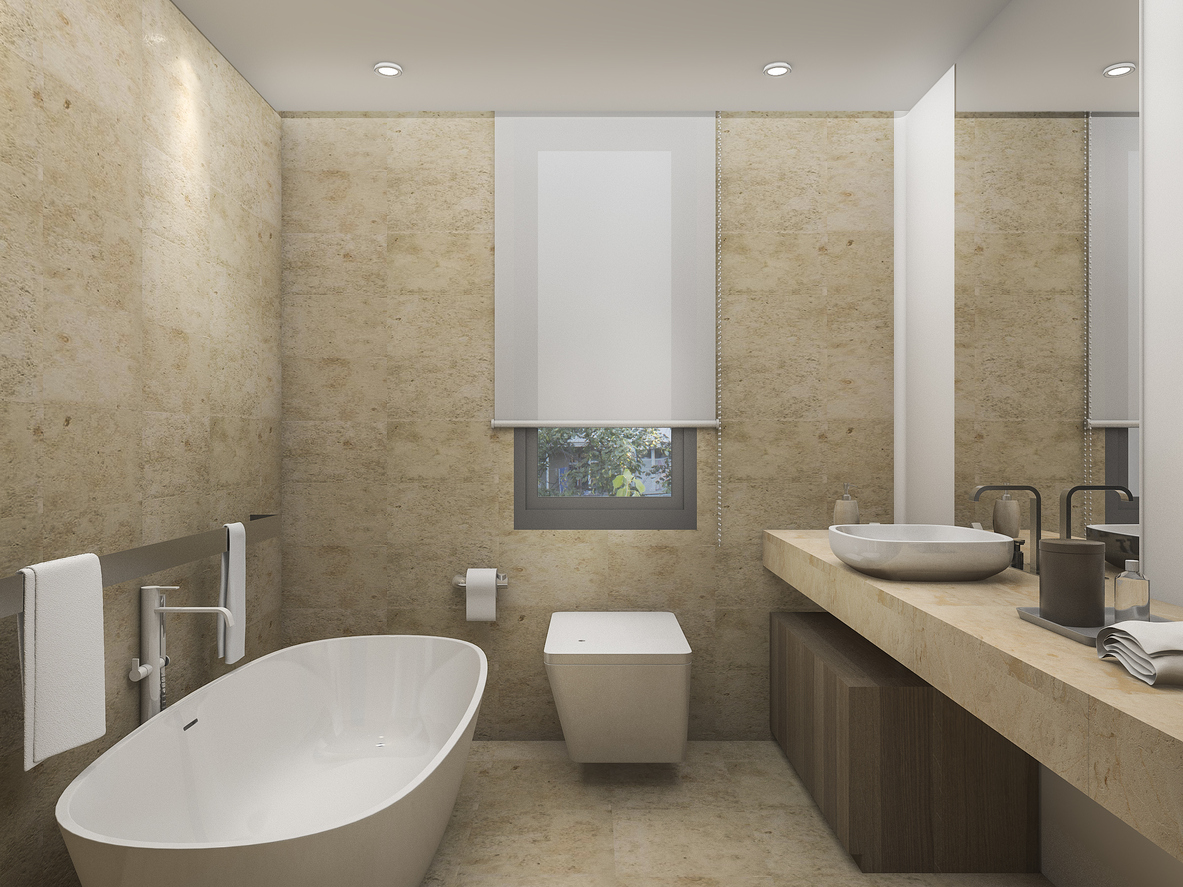A water-resistant wall is an obvious necessary requirement in a bathroom, around either the bathtub or in the shower cubicle. This is to prevent water splashing onto the walls and causing them to become moldy. However, because of the fact that the bathroom as a whole can become steamy after a shower or bath, many people choose to have the entire room tiled. This helps to protect the walls from damp and prevents mold from growing.
For thousands of years, tiles have been used in buildings, mainly for decorative purposes. The Industrial Revolution saw the use of ceramic tiles become popular in homes and this popularity continues to this day. Nevertheless, a new product has emerged in recent times and is starting to become the material of choice for waterproofing bathroom walls. This new product is known as shower wall panels, wet walls, or waterproof walls. But is it a better option than tile?
Advantages of Wet Walls
Perhaps the biggest advantage of shower wall panels is the fact that there is no need for grout in between the tiles. The maintenance of grout is the biggest issue that many people have regarding tiles. Wet walls come in large panels that are attached to the wall. They are cut to the required height and secured using a strong adhesive. The sheets sit neatly beside each other with no gaps. The joints are sealed to ensure moisture does not seep through.
As you can imagine, installation of wet walls is quick and clean. Furthermore, as wet walls are becoming more popular, they are becoming much more affordable too.
Advantages of Tiles
There is no doubting the fact that ceramic tiles are more aesthetically pleasing than wet walls. Even wet walls that are designed to look like tile do not fool anybody. Ceramic tiles come in a variety of stunning colors and designs which can be effortlessly mixed and matched to create a unique design. They can also be fitted with borders for even more customization.
Some people love the fact that it is possible to tile the bathroom walls and floors in the same type of tile for a completely seamless finish.
Making the Choice
When it comes to choosing the perfect waterproof wall for your bathroom, it is really a matter of personal preference and budget. Some people simply do not like the look of wet wall panels and prefer how tiles look. Others are happy to have a product that will prevent mold, avoids the maintenance associated with grouting, and is easy to install.
Cutting tools equipped with diamond blades are usually necessary for cutting through materials such as tile, say the experts at Devour Tools, diamond blades manufacturers. Moreover, because it is necessary to cut a number of tiles rather than just one wall panel, it takes much longer to tile than it does to install wall panels. As you might imagine then, the labor costs associated with tiling are higher than they are with wet walls.
Yet tiling is something that can be attempted by homeowners themselves, provided they have the right equipment and some DIY skills. Installing wet walls is generally best left to those with experience as well as the means to lift the large panels. Wall panels can be very heavy and awkward to get into a room. It is much easier to carry a box of tiles to a bathroom than it would a huge panel.
There is a lot to consider in terms of tiles and wet walls. Your budget, individual preference, and access to installers will help you make that decision.

